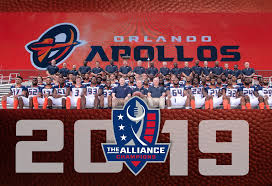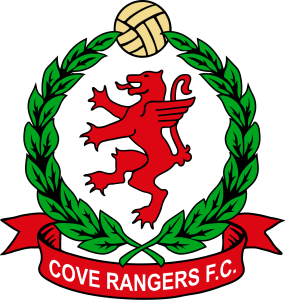
Coventry City Football Club: History, Achievements & Future
Coventry City Football Club is a club steeped in tradition and history. Established in 1883, the club has seen many ups and downs but remains a cornerstone of English football. From its humble beginnings to thrilling matches on the pitch, Coventry City Football Club continues to capture the hearts of fans all over the world.
Introduction to Coventry City Football Club
Coventry City Football Club is located in the city of Coventry, West Midlands, England. It serves as a beacon for local pride and community spirit, representing not just a football team but also a cultural institution that brings together people from various walks of life. Over the years, the club has developed a rich tapestry of narratives, emotions, and intricate connections with its supporters.
The journey of Coventry City Football Club is one of resilience and evolution. From the early days when it competed in regional leagues to becoming a part of the elite Premier League, the club has journeyed through numerous challenges and triumphs. As we explore the history, achievements, and prospects of this esteemed football club, we aim to provide a comprehensive understanding of what makes Coventry City Football Club a significant player in the landscape of English football.
History and Development of the Club
The history of Coventry City Football Club is an intriguing tale of passion, dedication, and growth. Founded in 1883 as Singers FC, the club was named after its origins in the Singer sewing machine company. The name reflected both the industrial background of the city and the community’s aspirations. In 1898, the team changed its name to Coventry City Football Club, marking the beginning of a new chapter.
The early years saw the club participate in local leagues and establish strong foundations. Despite several challenges, including financial constraints and fluctuating performance levels, Coventry City Football Club consistently showcased an unwavering commitment to the sport and its community.
In the 1920s, the club began to make strides in professional football, moving into the Football League Third Division. This period marks the onset of competitive play for the club, which eventually led to promotions and a more stable footing within the English football hierarchy.
As the years progressed, Coventry City Football Club faced both highs and lows, including relegation battles and promotion campaigns. However, the club’s fortitude shone brightest in the 1980s when it achieved unparalleled success, culminating in winning the FA Cup in 1987 against Tottenham Hotspur. This historic victory earned the club its first major trophy and established a legacy that would resonate with fans across generations.
The Early Years and Establishment
From the club’s inception until the mid-20th century, Coventry City Football Club experienced a series of transformations. The club played its first-ever match at Highfield Road in 1899, a venue that would become synonymous with the team’s identity for the next century.
Highfield Road witnessed countless memorable moments—thrilling victories, heartbreaking defeats, and the emergence of local legends. During the 1930s, the club saw its first real taste of success by securing its first league title, which laid the groundwork for future ambitions.
The post-war period brought both challenges and opportunities. The advent of television changed the dynamics of how clubs operated and marketed themselves, leading Coventry City Football Club to adapt accordingly in order to attract a growing fanbase. The establishment of youth development programs and scouting networks became essential as the club aimed to secure its place in the evolving landscape of English football.
A Decade of Triumphs and Tribulations
The 1960s and 1970s marked a pivotal era for Coventry City Football Club. Under the management of Jimmy Hill, the club adopted an innovative playing style, focusing on attractive attacking football. Their promotion to the First Division in 1967 marked their ascension into the top tier of English football, where they would remain for the next decade.
However, the late 70s brought turbulence as the club faced relegation, prompting a period of rebuilding and re-evaluation. The introduction of managerial changes, player transfers, and youth academies would prove crucial to restoring the club’s fortunes.
By the early 1980s, things finally started to change again. With newfound vigor, Coventry City Football Club managed to clinch the FA Cup in 1987—a monumental achievement in the club’s history. The victory resonated with fans who had long awaited silverware. This triumph illustrated the club’s resilience and ability to rise to the occasion during tough times, cementing its place in the annals of football history.
Recent Developments and Legacy Building
In the 1990s and 2000s, Coventry City Football Club faced significant challenges, including relegation from the Premier League. The financial instability and fluctuating performances severely affected the club’s standing. Nevertheless, the spirit of the club remained undeterred, showing remarkable determination through periods of adversity.
The club transitioned through various ownerships, each bringing different visions for the future. Yet, amidst the uncertainty, initiatives aimed at community engagement, youth development, and infrastructure improvements remained a focal point.
In recent years, Coventry City Football Club has made strides to regain its former glory. Competing in the lower tiers of the English football pyramid has enabled a renewed focus on grassroots development and long-term sustainability. The return to the Championship in 2020 symbolizes hope and offers a platform for revival.
Conclusion
Coventry City Football Club epitomizes the essence of football culture—community, resilience, and passion. Through its storied history, the club has forged a path filled with both triumphs and tribulations, each contributing to its rich legacy.





